Content from the Brookings Institution India Center is now archived. After seven years of an impactful partnership, as of September 11, 2020, Brookings India is now the Centre for Social and Economic Progress, an independent public policy institution based in India.
This article first appeared in the Mint. The views are of the author(s).
From Jawaharlal Nehru to Narendra Modi, India’s leaders have often evoked the phrase vasudhaiva kutumbakam (the world is one family), taken from the Maha Upanishad, to elucidate the country’s global outlook. While the term has become a mantra of India’s diplomatic lexicon, it has remained ambiguous and rarely elaborated.
Indeed, despite their differing political and religious hues, almost every leader has used the phrase to convey varying concepts and address different issues at different times. For instance, in 1989, Rajiv Gandhi cited vasudhaiva kutumbakam to challenge the concept of first, second and third worlds, revive the idea of “One World”, and put forward the vague notion of an “Earth Citizen”. In 2002, Atal Bihari Vajpayee employed the phrase at a meeting on the national human rights institutions of the Asia Pacific Forum to assert that “India’s understanding and advocacy of human rights are as universal as they are ancient”. In 2007 ,Manmohan Singh deployed the term to defend India’s approach to climate change and global warming while accepting its global responsibility at the Heiligendamm G8 summit. Finally, in his maiden speech at the United Nations in 2014, Narendra Modi used the locution to reassert India’s fading case for reform of the Security Council and lament on the inability of the world body to effectively deal with cross-border terrorism.
Clearly, vasudhaiva kutumbakam has become a catch-all notion for India’s diplomatic orthodoxy to be deployed in numerous scenarios. Although it might be open to myriad interpretations, it has been used to broadly convey India’s ideal and liberal concept of global norms, themes of globalization, or global commons. In doing so, it suggests that this is an ideal world worth achieving and it can be created through negotiations alone.
In reality, however, the overly benign and idealist presentation of the concept, which appears to promote values more than interests, has done very little to actually advance India’s cause in any of the issues where it has been quoted. And it is unlikely to do so unless the concept is deconstructed and better understood.
Indeed, the concept needs to be looked at threadbare and regarded through a hard-nosed realist prism. Consider the following:
First, the “family” is regarded as an ideal and highly functional unit with equal rights among all individuals. Nothing could be further from reality; most families tend to be dysfunctional. One need look no further than the two most familiar Indian family sagas—the Ramayan and the Mahabharat—to comprehend just how problematic they can be.
In the former, the idealist interpretation notwithstanding, the chief protagonist was exiled after losing his throne to palace intrigue, banishes his wife after regaining the throne, and faces a challenge from his sons. In the latter epic, again the popular notion notwithstanding, a family is torn apart over a property dispute, which leads to a bitter and brutal fratricidal war that decimates the clan. Moreover, in both instances, interests invariably overshadow values which are compromised to achieve realpolitik goals.
Second, assuming for a moment that the one world family might be less dysfunctional than a normal family, there is still the question of who is the head of the family and how power is shared? More importantly, how will disputes be resolved and decisions enforced? Given the patriarchal nature of most Indian families, who does India consider as the leader of the one world family? Alternatively given the emerging multipolar world how will power be shared among the various leaders and centres? Or is the expectation that vasudhaiva kutumbakam can thrive even if it is headless?
Clearly, if India wants to regard the world as one family, then it needs to examine the concept through a realist perspective as well. According to this viewpoint, vasudhaiva kutumbakam is not a peaceful construct but a dysfunctional one with different power centres vying to secure their interests even at the risk of trampling over common values.
Dealing with such a world would require not only the ability to develop common norms to address contentious issues ranging from climate change to cross-border terrorism but also the political, economic, and military prowess to enforce these agreed upon norms. India is developing reasonable skills in norm setting but is still woefully inadequate in contributing to building, supporting and enforcing them.
It could be argued that until Donald Trump’s presidency the US had accepted this realist interpretation of vasudhaiva kutumbakam and had been adhering to it by both setting norms and implementing them. However, it now appears to be relinquishing its role as the upholder of these global norms.
In contrast, China, which has done very little to create global norms until now, is building institutions and infrastructure that will serve its interests the best without binding it down to common norms. In this context, the recent Belt and Road Forum will make the “one world” concept more beholden to a China-first policy.
The concept of vasudhaiva kutumbakam has stood India in good stead. However, New Delhi needs to reinterpret it for the 21st century. That will be the easy part. Developing the political, economic and military wherewithal to implement and enforce the concept will be the real challenge.
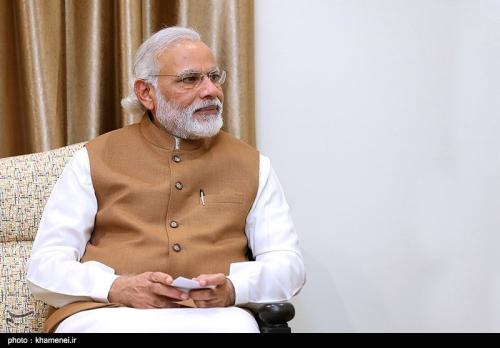
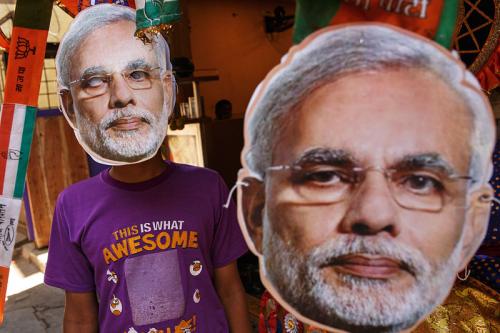
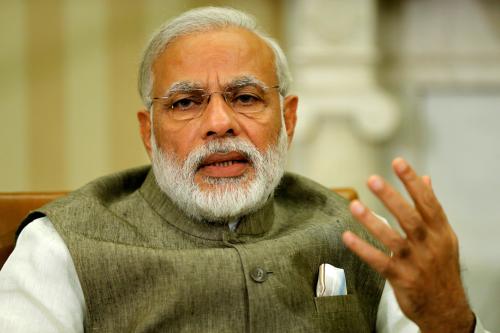
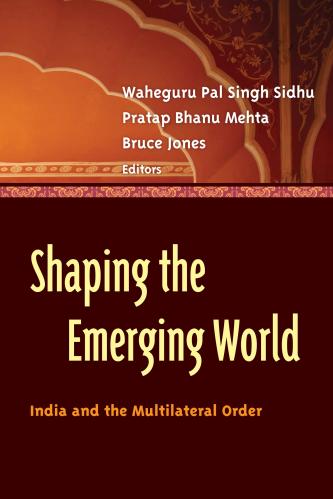
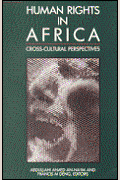
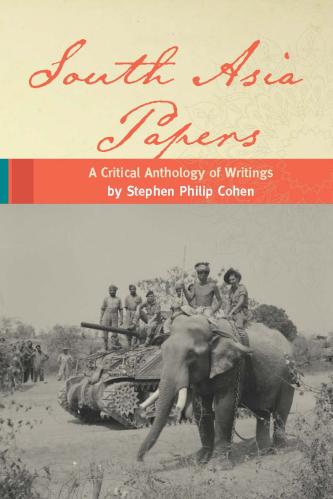
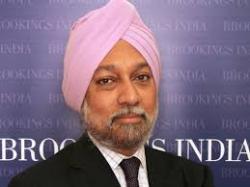


Commentary
Op-ed‘Vasudhaiva kutumbakam’ for the 21st century
May 22, 2017